
THIS is a practical example of changing oil.
This was first published in 4x4 Australia's May 2013 issue.
You’ll need to find the oil change quantity, recommended oil grade and a workshop manual to cover the specifics for your type of vehicle. You’ll also need an oil filter and, depending on the type of sump plug you have, a new washer or replacement sump plug itself.
Tools you need include wheel chocks, oil drain pan, socket set and an oil filter removal tool. Run the engine until it reaches operating temperature because hot oil will more likely bring any impurities and sludge out with it. Wear gloves to avoid the risk of burns when the engine is hot.
Remove the oil filler cap and put aside. Then get underneath the vehicle and loosen the sump plug with a socket wrench. Get the drain tray ready and undo the sump plug by hand until you can feel it’s at the end of the thread. Pull the plug away and let the oil drain out.
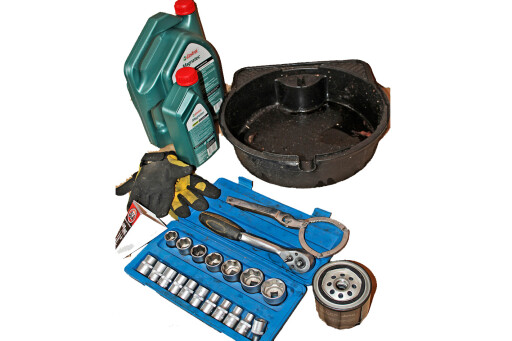 Then wipe the plug and the sump clean and replace the sump plug and tighten to specifications. Position the oil drain tray underneath the oil filter, and then loosen the oil filter with the oil filter tool. Unscrew the filter the rest of the way by hand and remove. At this point oil will probably spill out of the filter so make sure to aim it into the drain tray.
Then wipe the plug and the sump clean and replace the sump plug and tighten to specifications. Position the oil drain tray underneath the oil filter, and then loosen the oil filter with the oil filter tool. Unscrew the filter the rest of the way by hand and remove. At this point oil will probably spill out of the filter so make sure to aim it into the drain tray.
Lift the filter out and place it on the tray to drain. Put a dab of fresh oil on a clean cloth and wipe it onto the new oil filter seal. Then screw on the filter by hand. Once the seal has come up against the mating surface, tighten according to specification. Pour fresh oil into the oil filler using a funnel to avoid spills.
Fill to just under the required amount, and then replace the oil filler cap. Start the engine, allow up to 10 seconds for oil pressure to be restored. After running the engine for three to five minutes, turn it off, allow five minutes for the oil to settle and then check the oil level at the dipstick. Top up oil as necessary.
1. The engine oil must be hot, so either drive or idle your vehicle until it’s at operating temperature.
 2. With the engine off and the handbrake on, unscrew the engine oil filler cap and set aside.
2. With the engine off and the handbrake on, unscrew the engine oil filler cap and set aside.
 3. Carefully loosen the sump plug. Try not to drop it in the oil drain tray you must have ready to catch the oil.
3. Carefully loosen the sump plug. Try not to drop it in the oil drain tray you must have ready to catch the oil.
 4. Let the old oil drain until all that’s left emerging from the sump hole is a slow drip.
4. Let the old oil drain until all that’s left emerging from the sump hole is a slow drip.
 5. Replace the sump plug and tighten with a socket wrench to the appropriate torque.
5. Replace the sump plug and tighten with a socket wrench to the appropriate torque.
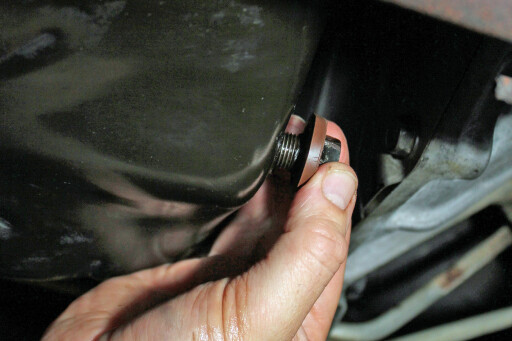 6. With an oil drain tray underneath, use an oil filter wrench to loosen the old oil filter.
6. With an oil drain tray underneath, use an oil filter wrench to loosen the old oil filter.
 7. Wipe the oil filter housing at the mating surface with a clean cloth.
7. Wipe the oil filter housing at the mating surface with a clean cloth.
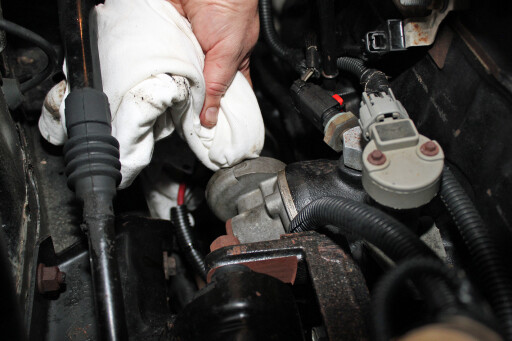 8. Using a clean cloth, smear a thin coating of fresh oil on the new filter seal.
8. Using a clean cloth, smear a thin coating of fresh oil on the new filter seal.
 9. Hand tighten the new filter on the housing to the manufacturer’s instructions.
9. Hand tighten the new filter on the housing to the manufacturer’s instructions.
 10. Pour fresh oil into the oil filler, filling just shy of the manufacturer’s maximum permitted quantity.
10. Pour fresh oil into the oil filler, filling just shy of the manufacturer’s maximum permitted quantity.
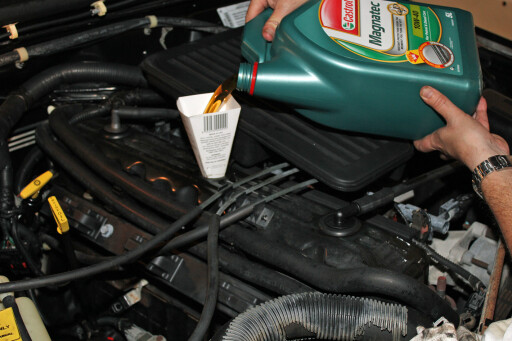 11. Start the engine and allow to idle as oil pressure is restored.
11. Start the engine and allow to idle as oil pressure is restored.
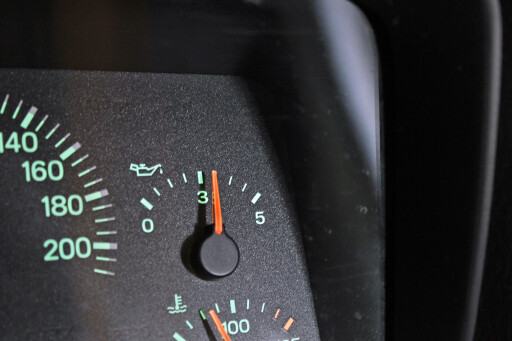 12. Turn engine off and recheck oil level. Top up as necessary. Dispose of your old oil at a council oil recycling facility.
12. Turn engine off and recheck oil level. Top up as necessary. Dispose of your old oil at a council oil recycling facility.


COMMENTS